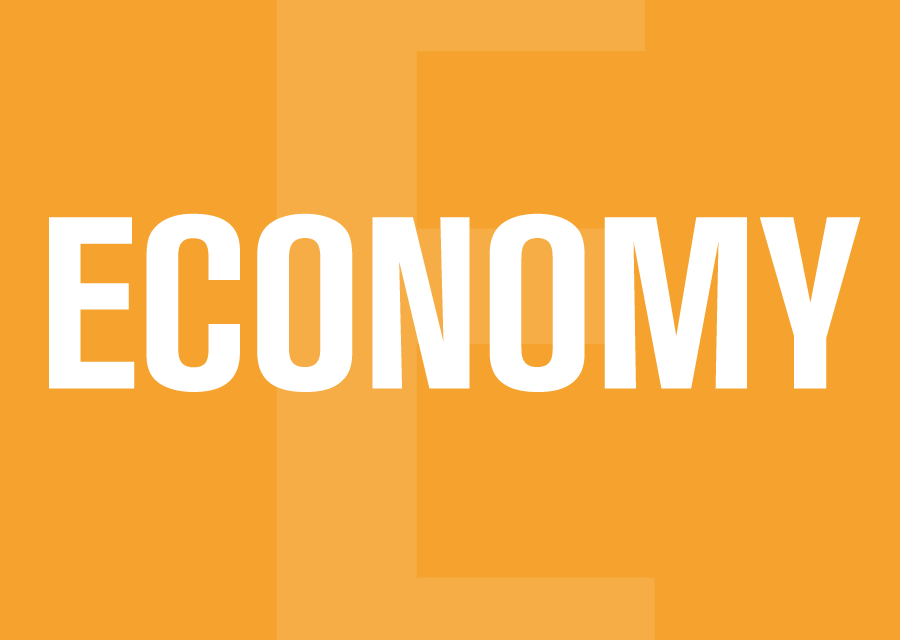The fiscal news just keeps getting better for the Houston government. Three months after releasing an update showing that the deficit projected in the Liberal budget for 2021-22 would be lower than expected, their latest forecast has the operating deficit disappearing altogether. Instead of being in the red by almost $600 million, as per last spring’s budget, we’re looking at a surplus of more than $100 million for the fiscal year ending March 31, 2022.
A number of things contributed to the fortuitous turnaround but the Conservatives, in power now for four months, can’t claim credit for any of them. The main factor was a prior year adjustment – known as a PYA – worth $364 million. The prior year in question is 2020, the start of the pandemic, when Premier McNeil and Dr. Strang were running the province and the feds were funnelling billions in pandemic relief our way.
The combination kept the economy and taxation revenue from declining nearly as much as was apparently anticipated when the Iain Rankin government tabled its first and only budget last spring. Coincidentally, that document forecast a combined drop of $360 million in revenue from the HST and personal and corporate taxes in 2020-21, nearly equal to the PYA windfall that fortune has bestowed upon the Tim Houston government.
This week’s revelation that Nova Scotia’s finances came through the first year of the pandemic in good shape is consistent with the release last month of Statistics Canada’s Consolidated Government Financial Statistics (CGFS) for 2020-21. The CGFS compare spending across governments using common criteria.The numbers produced for the CGFS differ from what is reported in provincial budgets and public accounts, but they give a much better picture of how Nova Scotia compares with other provinces. And last year, just as in 2019-20, Nova Scotia fared better than most provinces.
Despite increased government spending resulting from the pandemic, Nova Scotia’s net debt per capita increased by well below one percent. This was thanks mainly to the federal government assuming most of the cost of the pandemic response, as well as the relatively milder impact of COVID-19 in the Maritimes. Both New Brunswick and Prince Edward actually experienced reductions in their net debt in 2020.
Not all good news
Nova Scotia’s modest 0.34 percent increase in 2020-21 left the province’s net debt/GDP ratio to 27.1 percent, slightly lower than it was when the CGFS series began in 2008 and less than the latest all-province average of 28 percent. But that’s where the good news ended. No sooner did one release come along from StatsCanada confirming our fiscal health than another arrived pointing out the contribution some of our most vulnerable citizens have had to make to the achievement of that outcome.
A few days after the positive fiscal data came out, StatsCanada’s Expenses of government classified by function, 2020 told a different kind of story. As is the case with fiscal data, common criteria are used to measure government expenditure by various components such as health, economic development and social protection, a category that includes support for persons with disabilities, help for families and children, housing support and measures to promote social inclusion. The data showed that Nova Scotia continues to spend well below the national average protecting its most vulnerable citizens. Worse, the provincial government actually reduced spending on social protection in 2020 by $46 per capita.
Table 1:Provincial spending per capita on social protection ($)
|
| 2013 | 2019 | 2020 | Change 2013-20 |
| All average | NA | $2,002 | $2,163 | NA |
| NS | $1,367 | $1,365 | $1,319 | -3.51% |
| NL | $1,318 | $1,381 | $1,383 | 4.93% |
| PEI | $1,097 | $1,372 | $1,351 | 23.15% |
| NB | $925 | $1,634 | $1,272 | 37.51% |
| Que. | $2,184 | $2,393 | $2,455 | 12.41% |
| Ont. | $1,686 | $1,935 | $2,059 | 22.12% |
| Man. | $1,529 | $1,710 | $1,818 | 18.90% |
| Sask. | $2,203 | $2,443 | $2,634 | 19.56% |
| Alta. | $1,644 | $1,900 | $1,774 | 7.90% |
| BC | $1,299 | $1,763 | $2,589 | 99.31% |
Source: Statistics Canada Table 10-10-0005-01
There are several points to be made about the numbers in the table. First off, as the table shows, per capita spending varies widely between provinces – in 2020 a high of $2,589 per person in British Columbia and a low of $1,272 in New Brunswick. The disparity is partly because the social protection category covers some exceptional programs such as Quebec’s expansive childcare plan and Saskatchewan’s public automobile insurance program. In 2020, the category included significant pandemic relief programs by British Columbia. However, as the table shows, for the services it does provide, Nova Scotia’s spending pattern is exceptional, and not in a good way.
Nova Scotia was not the only province to reduce spending on social protection during the pandemic – Alberta, Prince Edward Island and New Brunswick did as well. However, Nova Scotia is the only province to show reduced spending over the seven year period from 2013. The cuts dropped Nova Scotia from the middle of the pack in terms of per capita spending on social protection in 2013 to second lowest in 2020.
The decline over the seven year period is the result of cuts over the last three years. About 70 per cent of social protection expenditures in Nova Scotia are for sickness and disability or social exclusion, the latter defined by the Organization for Economic Cooperation and Development as “benefits to persons who are at risk of being socially excluded, such as low-income earners, refugees and homeless persons.” Table 2 shows how spending for those groups has been reduced.
Table 2:Change in per capita spending by category Nova Scotia
| Category | 2017 | 2020 | Change |
| Sickness and Disability | $542 | $503 | -7.20% |
| Social Exclusion | $464 | $432 | -6.90% |
| Family and Children | $225 | $224 | -0.44% |
| Housing | $174 | $157 | -9.77% |
| Total Social Protection | $1409 | $1319 | -6.39% |
Source: Stats Canada Daily 2018-11-28 and Nova Scotia Finance Daily Stats
I have written it before, but it requires repetition as a new single-minded government takes office and looks at priorities – it is no exaggeration to say that the sound financial state the McNeil government left behind has been achieved at great cost to those in need of protection.
-30-





